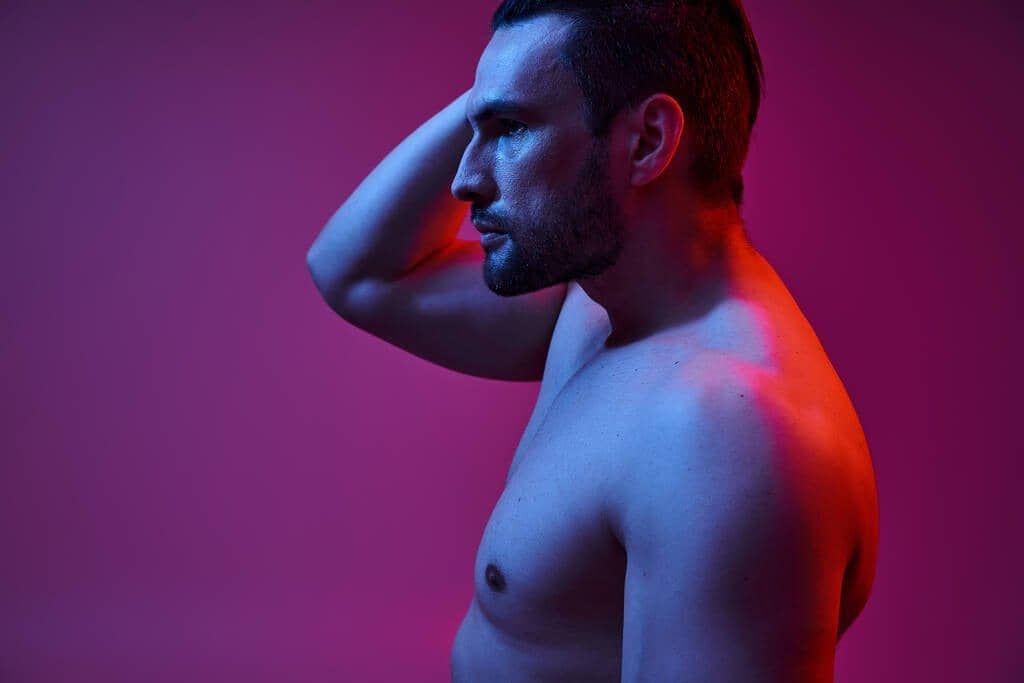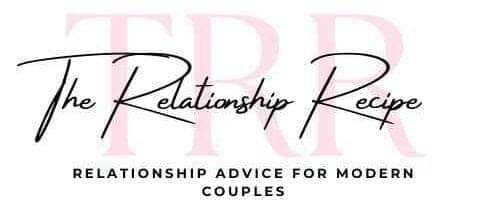Incel Phenomenon Revealed: 9 Critical Facts Women Must Know
The rise of the Incel Phenomenon isn’t just another weird phase of internet culture; it’s a full-blown movement that women need to pay attention to.
Originally, the term incel (short for involuntary celibate) was just a sad label for folks who couldn’t find a date no matter how hard they try. This term came from the 90s, and back then it applied to both genders. Now it applies directly to men. However, the incel phenomenon isn’t only about lonely dudes anymore. It’s grown into a toxic mess of entitlement, anger, and conspiracy-level bitterness that fuels an entire incel subculture – mostly online.
This isn’t just a handful of keyboard warriors crying on Reddit. The incel movement is powered by a toxic stew of misogyny, self-pity, and warped ideology that paints women as villains for daring to choose their own partners. Charming, right?
So if you think this is just an internet thing you can scroll past, think again, because ignoring it won’t make it go away, and staying informed might just keep you one step ahead of the nonsense.
💡Key Highlights:
- Why the “involuntary celibate” label is doing a lot more work than it should.
- The incel subculture’s favorite enemy – it’s not who you think.
- How incel ideology twists rejection into a bizarre belief system.
- The incel movement isn’t lurking in basements – it’s right there in your algorithm.
- What the incel phenomenon could mean for your safety.

The current incel subculture is laced with dehumanization of women, misogyny, violence, and a warped sense of entitlement toward women’s bodies and attention.
It’s essential to dive deeper into the history of incels, as well as their psychological profile to grasp the real threat this group poses to women.

The Feminist Origins of the Incel Phenomenon
The origins of the incel movement might surprise you. Contrary to what many assume, the first “incel” wasn’t a bitter, angry man.
It was a term coined by a Canadian woman named Alana in the 1990s, who created an online support group for people who felt left out of the dating world, regardless of gender. Her goal was to cultivate compassion and connection.

Ironically, over time, what began as a neutral, or even empathetic space, has evolved into a toxic community that perpetuates violence against the very gender that started it.
Alana’s project started out so innocently. I wonder what she thinks of the incel phenomenon now that it’s been hijacked by rabid, misogynist creeps.
She must be horrified.

Incel Subculture Communities Are Expanding Under the Radar
One of the most dangerous facts about the incel movement is its capacity to grow quietly. While the mainstream conversation around incels often revolves around shocking acts of violence like mass shootings, most of this culture festers like a boil in hidden corners of the internet.

Forums and chat groups act as incubators where misogyny spreads unchecked, turning lonely men into radicalized believers in a gender war. Women need to know that the danger doesn’t just come from the extreme outliers, but from the growing number of men silently adopting these hateful ideologies.

The Cult-Like Appeal of the Incel Movement
If we examine the psychological profile of incels, it reveals that many of these men feel disenfranchised, socially awkward, and overlooked. They harbor a victim mentality that transforms into resentment against women, who they see as the gatekeepers of physical intimacy that they aren’t getting.
This grievance is nurtured by a communal bond that mimics cult dynamics. Incel subculture feeds, and encourage each other’s anger, reaffirming that women are to blame for their unhappiness.
These spaces provide a sense of belonging for men who otherwise feel invisible, making it difficult for them to leave the incel idology once they’re in.

Incels Aren’t Only Angry at Women—They’re Angry at Men Too
Most women know that incels harbor deep resentment toward them, but what’s less known is the incel phenomenon also includes a deep-seated hatred towards men who are successful with women.
The concept of “Chads” and “Stacys” – hyper-attractive men and women who are seen as out of reach, permeates incel idology. Incels feel just as threatened by men they perceive as getting the women they feel they deserve. This rivalry fuels a sense of injustice and keeps the movement’s fire burning. They believe the “Chads” (the top 20% of the most attractive men,) get 80% of the available women.

The “Incel Look” Is A Weaponized Identity
Far from the stereotype of nerdy guys in basements, many incels today are crafting a deliberate “look” to rebel against societal expectations. Some reject hygene, fitness, and social skills as a form of protest.
This performance of failure becomes a bizarre badge of honor, allowing them to justify their isolation and distance from women. It’s not just a failure to “get” women; it’s a declaration that they won’t even try because they see society and women as inherently flawed.

The Incel Movement’s Link to Broader Anti-Feminist Sentiments
The history of incels has always run parallel to the rise of anti-feminist sentiment, but in recent years, the two have merged into an alarming cultural overlap. These guys have latched onto ideologies that view feminism as a disease and the one responsible for their perceived side-lining from society.

This connection is important for women to recognize because it means the incel subculture is not an isolated fringe group; they are embedded in larger networks of misogyny and authoritarianism that seek to roll back women’s rights on a broader scale.

“Revenge Fantasies” Are at the Core of Incel Idology
While incel forums are riddled with rage-filled rants about women, what is often overlooked is the extent to which the psychological profile of incels involves fantasies of revenge as well as terrorizing them – or worse.
Here is a sample of that, taken from a screenshot off a Reddit discussion on creepy men’s behavior. This “Charmer” goes beyond being a creep to total a-hole. He obviously felt entitled to this woman’s attention, and gets enraged when he doesn’t get it. He was obviouisly thinking his “reward” for helping this woman across the road, who clearly didn’t want him to, should be her undivided attention on him.

These men not only resent women, but they also imagine taking power back through acts of violence, both real and symbolic. The rhetoric they use isn’t just about wanting relationships; it’s about punishing women for not giving them what they feel entitled to – their bodies.
Check out these examples taken from the book: “Men Who Hate Women, From Incels to Pickup Artists” by Laura Bates, where the author went undercover on incel movement forums, acting like one of them.
What she found is chilling.



This deeply troubling mindset underscores how dangerous the incel phenomenon can become, especially for women who are seen as symbols of everything they cannot have.

The Incel Phenomenon Thrives on Economic Disenfranchisement
Also, it’s important to point out how the incel phenomenon feeds on broader issues of economic instability and inequality. Many incels feel that they are losing out not only in the dating market, but in life.
They see themselves as victims of a world where success, particularly in love and career, feels unattainable. For women, understanding this economic frustration is key to recognizing that incels are not simply angry at individual women, but at a society that they feel has failed them in every way. The entitlement is mind-blowing.

Incels Weaponize Social Media to Target Women in Organized Attacks
One critical aspect often overlooked in the incel phenomenon is how this subculture will use social media to launch coordinated harassment campaigns against women. Incels frequently target women who are public figures, influencers, or simply outspoken online.
These attacks aren’t random; they’re typically planned within their forums, with the goal of silencing and intimidating women. The psychological toll on their victims can be devastating, and the anonymity of the internet allows incels to act with impunity.

Final Thoughts on the Incel Phenomenon
The incel phenomenon goes beyond the tired stereotypes of bitter men who can’t get dates. It is a dangerous blend of psychological vulnerability, toxic masculinity, and collective victimhood.
Women must understand the nuances of incel subculture; its history, psychological complexity, and the social conditions fueling its rise.
The meaning of incel has transformed from a neutral term into a chilling symbol of misogyny and violence. And while incels are typically framed as isolated and powerless, their growing numbers and increasingly radicalized rhetoric suggest otherwise.
We cannot afford to ignore them. Women, in particular, need to be aware of the movement’s deeper layers and the potential threats it poses.
Before You Go…
If you are interested in getting the book mentioned above, I think it’s a great overview that really gets into how a modern day involuntary celibate thinks.
Laura Bates’ Men Who Hate Women offers a groundbreaking, in-depth look at the incel phenomenon, a movement that’s largely gone unnoticed. The book dives into the rise of hidden extremist groups that harbor hatred for women and traces the origins of misogyny through a tangled web of communities.
Featuring candid interviews with former members, experts, and men actively opposing the movement, Bates paints a vivid picture of this growing threat.
As a women’s rights activist and frequent target of online misogynistic attacks, Bates initially thought she was facing a few isolated trolls. But as the hate increased in frequency and intensity, it became clear that something more organized and dangerous was at play. Going undercover, she discovered an expansive network of anonymous men who openly wish violence on women.
In Men Who Hate Women, Bates uncovers:
- Extremist groups such as incels, pick-up artists, MGTOW, and Men’s Rights Activists
- The aggressive and harmful language used within these communities
- The link between these movements and other forms of extremism, including white supremacy
- The grooming of young boys into this toxic ideology
- How these ideas subtly infiltrate mainstream media, schools, and even politics
This book offers a chilling yet essential exploration of the deep-rooted misogyny fueling anti-feminist sentiments, and is critical reading for anyone who advocates for gender equality, especially parents and educators.

This post may contain affiliate links. I earn from qualifying Amazon purchases at no extra cost to you. This content is for informational purposes only and is not a substitute for professional advice. [Read full disclaimer.]
Thank you for reading this post, don't forget to subscribe!








